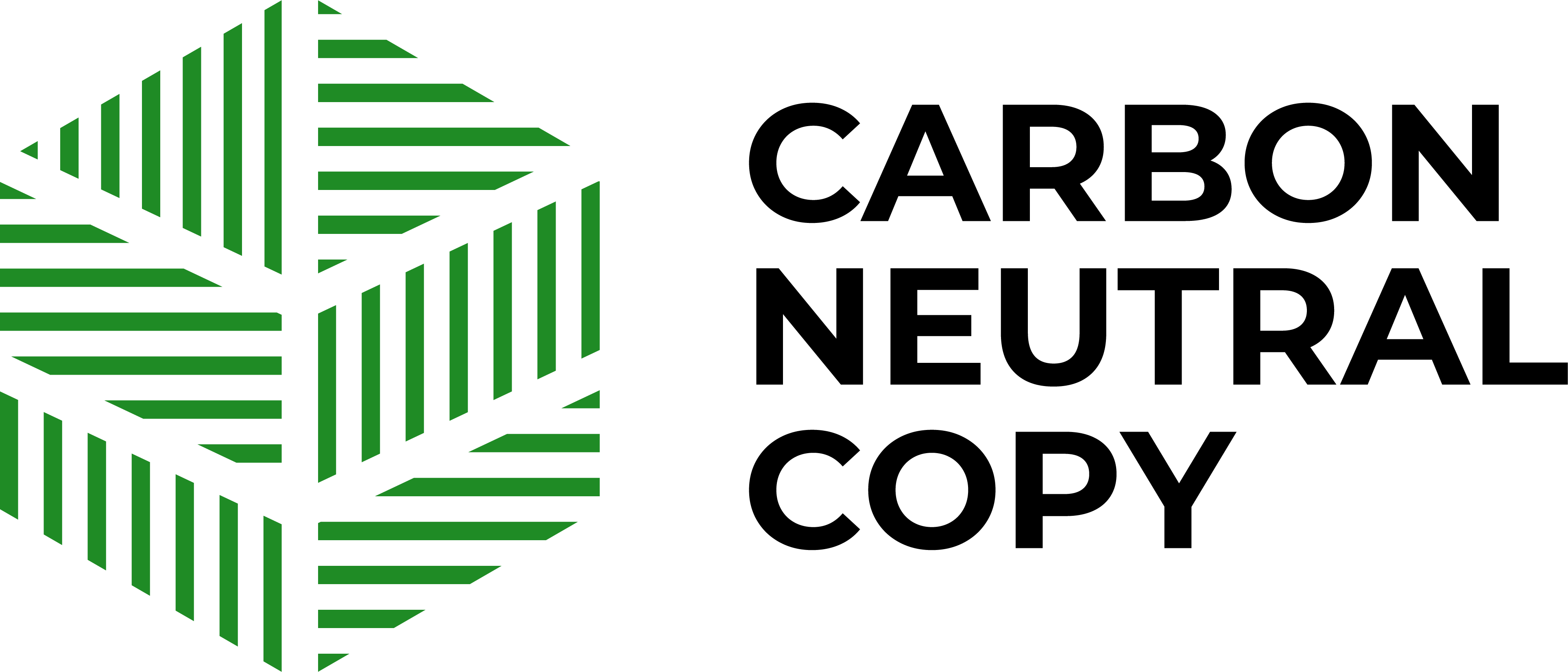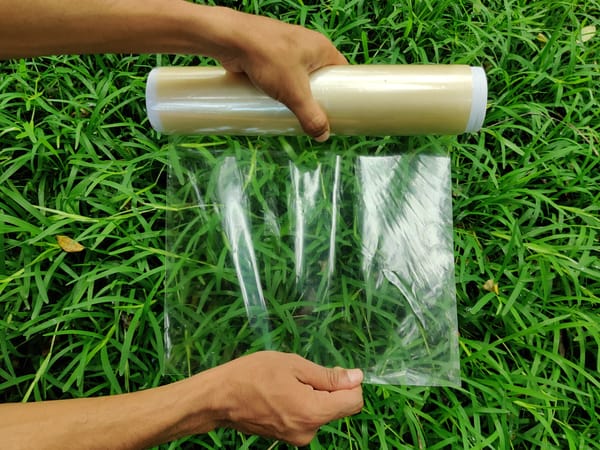What Does a Circular Supply Chain Look Like and Why Does It Matter?
A circular supply chain can cut waste while building resiliency, reducing carbon emissions, and more.

Going around in circles might not be such a bad thing after all. When it comes to supply chains, circularity can be a positive financially and environmentally.
But what exactly does a circular supply chain mean, and what does it look like in practice?
For starters, it’s important to understand the difference between a circular supply chain and the circular economy.





